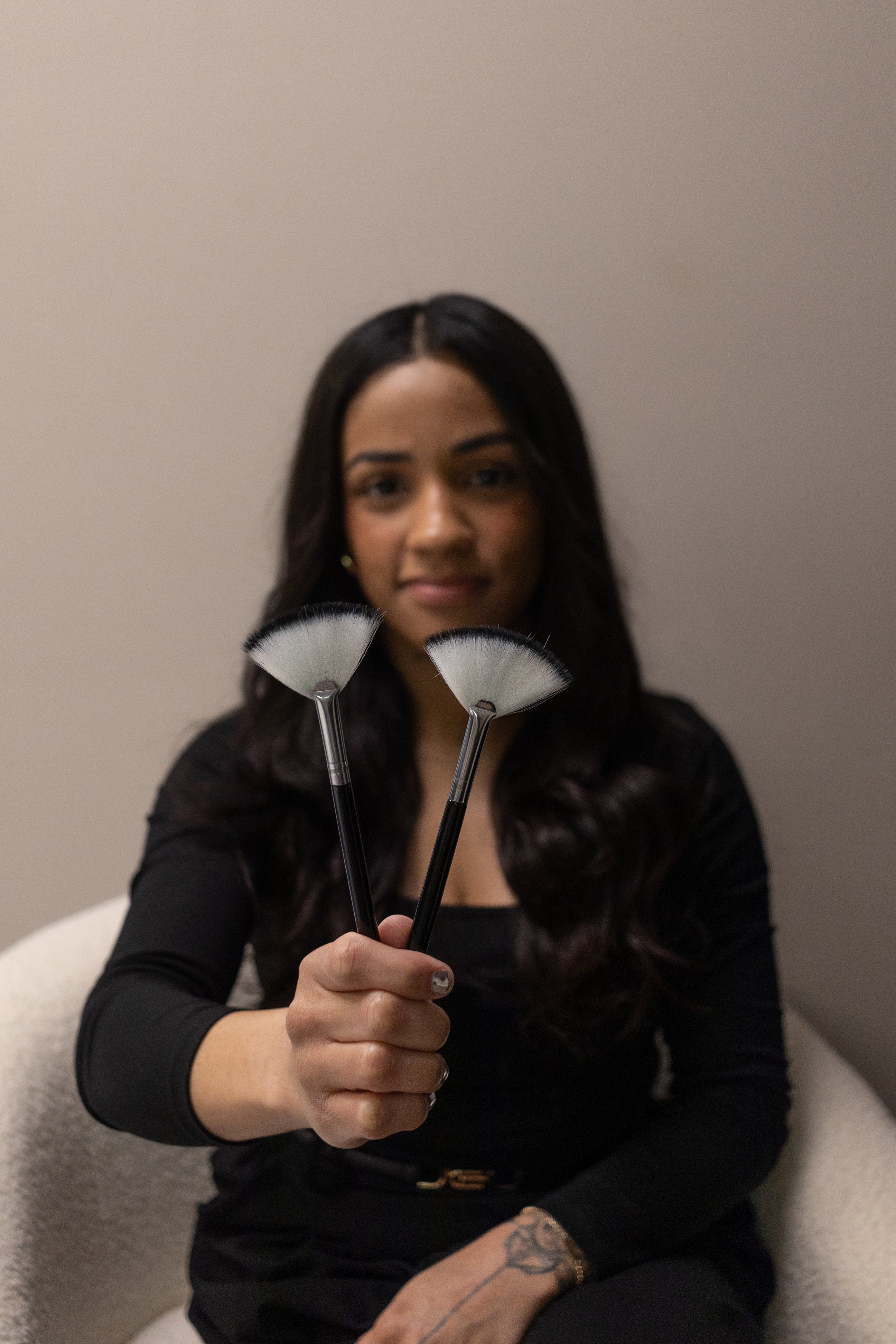Rosacea is a chronic skin condition that affects an estimated 415 million people worldwide. Despite its prevalence, it often goes undiagnosed — especially in melanin-rich skin. That’s because the classic signs, like visible redness or flushing, can be less apparent in deeper complexions. Many people spend years mislabeling their skin as "sensitive," "acne-prone," or "reactive," when in reality, rosacea may be the true culprit.
Why Rosacea Often Goes Undiagnosed in Darker Skin
In darker skin tones, the telltale signs of rosacea — redness, visible blood vessels, and flushing — aren’t always as obvious. This leads to misdiagnosis or delayed treatment, with symptoms often confused with acne, eczema, or hyperpigmentation. Without proper care, the condition can worsen, creating cycles of inflammation and frustration.
Understanding the Root Causes
Rosacea’s exact cause is still unclear, but several contributing factors have been identified. One interesting link? Demodex mites.
These microscopic parasites naturally live on human skin, particularly around sebaceous glands and hair follicles. While they’re typically harmless, people with rosacea have been shown to carry up to 10 times more Demodex mites than those without it. These mites feed on sebum and dead skin cells and produce an enzyme called lipase that helps break down sebum.
When Demodex populations grow too large, the lipase enzyme can trigger an inflammatory response, even heating the skin to 99°F and causing vascular damage over time. This can lead to the broken capillaries and sensitivity many rosacea clients experience.
Signs You May Have Rosacea (Even Without Obvious Redness)
If you have deeper skin and experience the following, rosacea might be the underlying issue:
Burning or stinging when applying skincare
Small, acne-like bumps that don’t respond to acne treatments
Dry, rough, or textured skin that never seems to improve
Hot or flushed sensations, especially after eating spicy food or drinking alcohol
Visible blood vessels, especially around the nose and cheeks
Sensitivity or frequent flare-ups when exposed to heat, sun, or certain products
Skincare Tips for Managing Rosacea
When it comes to rosacea, less is more. Your skin needs calm, supportive ingredients — not aggressive treatments.
✅ What to Use:
Gentle cleansers
Barrier-repair moisturizers
Mineral SPF (daily, rain or shine)
❌ What to Avoid:
Harsh scrubs or exfoliants
Strong acids or retinoids without professional guidance
Alcohol-based or heavily fragranced products
Hot water or steam
Skipping sunscreen
Lifestyle Habits That Affect Rosacea
Understanding your triggers is key to long-term management. Common flare-up culprits include:
🚫 Common Rosacea Triggers:
Hot drinks and alcohol
Spicy foods
Hot showers or baths
Cold or hot weather exposure
Stress
Exercise
Caffeine
✅ Habits That Help:
Cleanse gently, twice a day
Exfoliate regularly but gently to remove dead skin cells
Maintain a consistent routine — no switching products every week
Keep your skin hydrated and protected
Identify and avoid personal flare-up triggers
Final Thoughts
Rosacea in melanin-rich skin is real, valid, and often missed — but it’s absolutely manageable. With the right approach, most clients live comfortably by adjusting their skincare routine, lifestyle habits, and investing in professional treatments.


